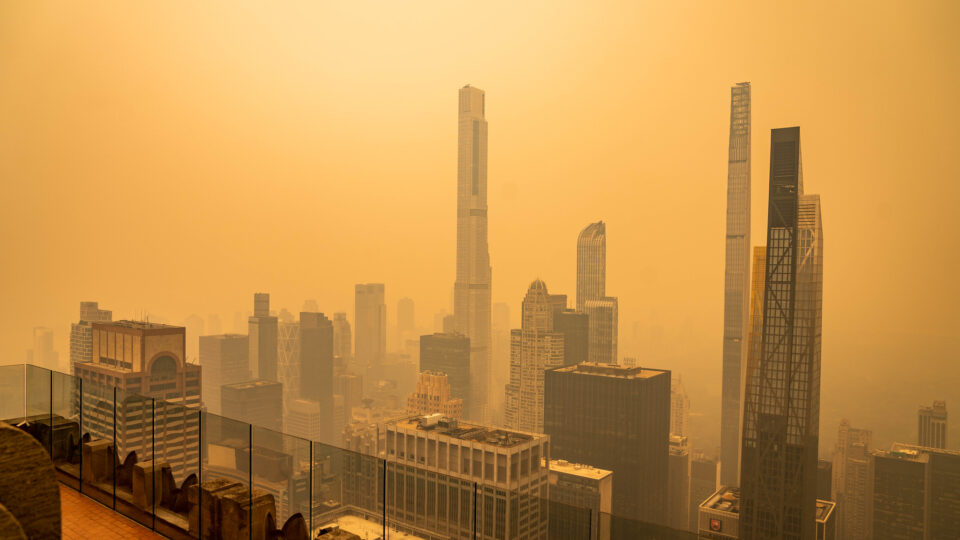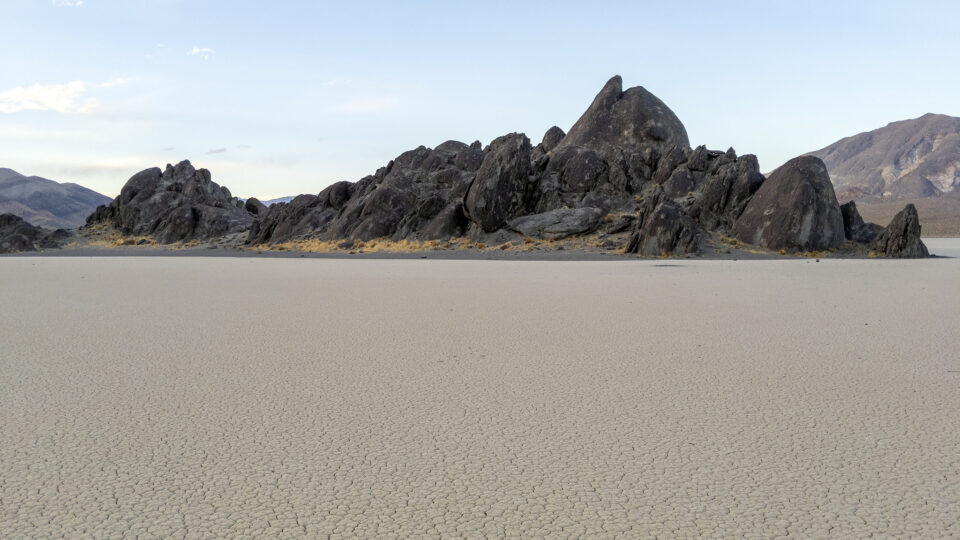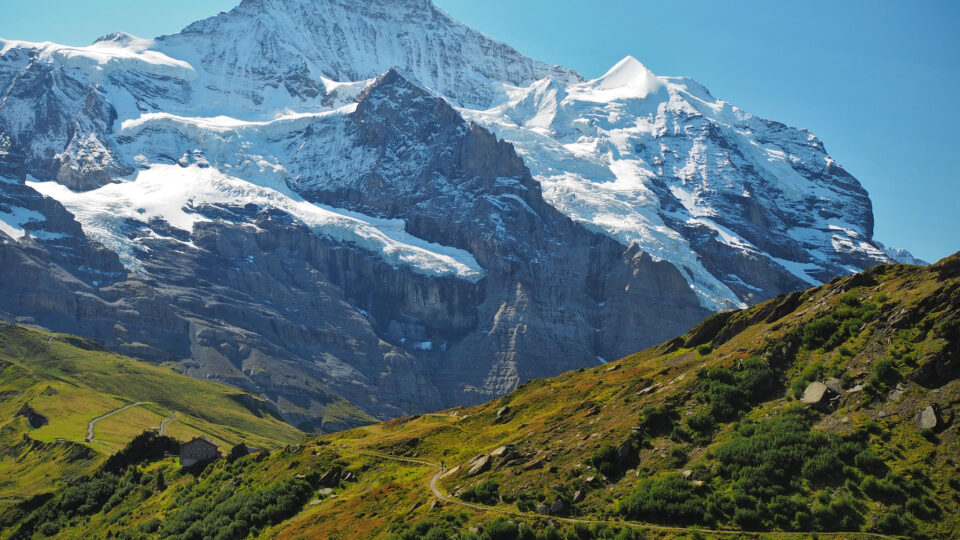It was a very rainy and relatively cool summer in much of New England as well as in New York’s Capital Region, where Earth Wise originates. Despite that fact, according to NASA scientists, the summer of 2023 was the Earth’s hottest since global record keeping began in 1880.
The months of June, July, and August taken together were .41 degrees Fahrenheit warmer than any other summer on record as well as being 2.1 degrees warmer than the average summer between 1951 and 1980.
The record summer heat was marked by heatwaves in South America, Japan, Europe, and the US. The heat exacerbated wildfires in Canada that dumped smoke across much of the northern tier of our country and also led to severe rainfall in Europe. All sorts of temperature records were set in places across the globe.
According to NASA, exceptionally high sea surface temperatures, fueled in part by the reemergence of El Niño in the Pacific, were a major factor in the summer’s record warmth.
The record-breaking heat of this summer continues a long-term trend of warming. Scientists around the world have been tracking the warming that is driven primarily by human-caused greenhouse gas emissions. The combination of this background warming and the marine heatwaves set the stage for new temperature records. The El Niño was enough to tip the scales.
In the current environment, heat waves will last longer, be hotter, and be more punishing. The atmosphere can hold more water producing hot and humid conditions that are harder for the human body to endure.
Scientists are expecting the biggest impacts of El Niño in the early parts of next year. We can expect to see extreme weather of many kinds over the next year.
**********
Web Links
NASA Announces Summer 2023 Hottest on Record
Photo, posted June 8, 2023, courtesy of Anthony Quintano via Flickr.
Earth Wise is a production of WAMC Northeast Public Radio



